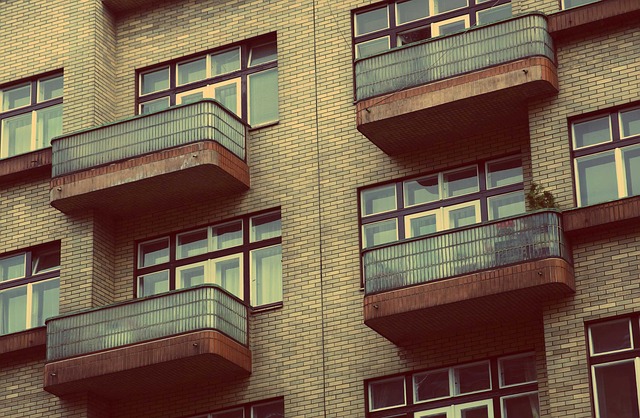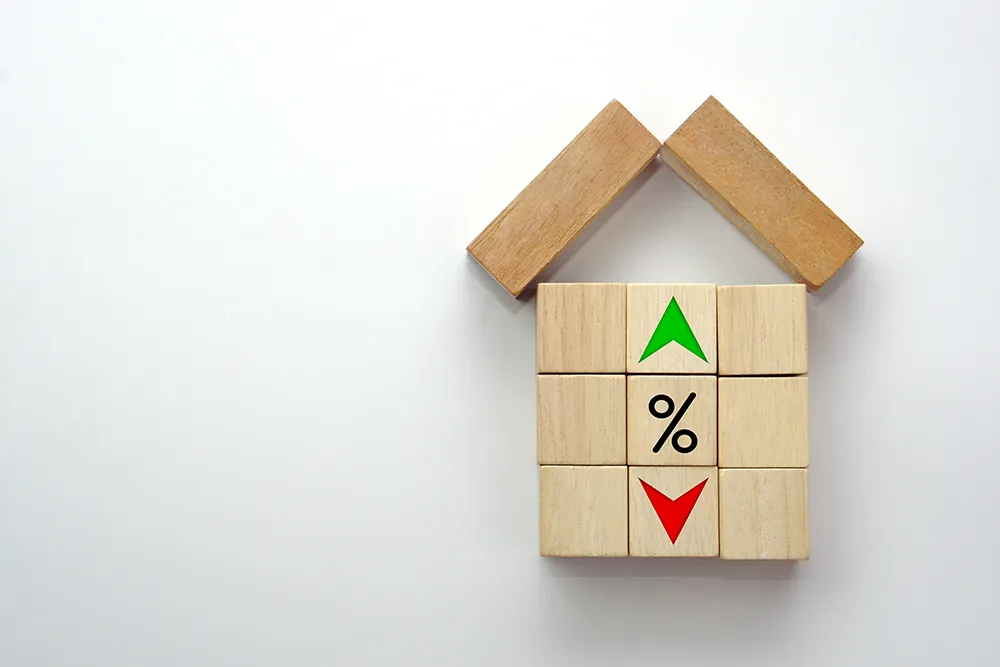
The number of tower blocks with unsafe cladding that has to be stripped out lifted to well over 4,000 in March, according to official figures.
There are 4,329 residential buildings at 11 metres and over with unsafe fire-safety cladding that need remediation work in England, and Northern Ireland, up by 237 since February, according to the Department for Levelling Up, Housing & Communities.
It adds that “the majority” of this increase is due to revised social housing data, added to its private rented building figures.
The UK’s flat sale market has been severely curtailed for several years following the 2017 Grenfell Tower fire, which killed 72 people, leading to a fire safety crisis over dangerous cladding.
Uncertainty over the safety of tall blocks, and who is liable for repairs, made it difficult for borrowers to secure a loan to buy, sell, or remortgage flats impacted by cladding.
However, However, the 2022 Building Safety Act means that the majority of leaseholders, in England in buildings at five storeys and over, are protected from cladding removal and repair costs.
A number of building firms have agreed to meet these costs, at the insistence of the government.
The department adds that 1,968 buildings, or 45% of this total, have either started or completed remediation works.
Of these, 976 buildings, or 23%, have completed remediation works.
“The total number of buildings reported to have started or completed remediation works has more than doubled since the end of March 2023,” adds the body.
It adds that 1,501 buildings 11 metres and over in height have “life-critical fire safety defects (including cladding and non-cladding defects),” which building developers have committed to fix, an increase of 156 since last October.
Of these, developers reported that 624, or 42%, have either started or completed building work, up by 151 since last October. Of these, 307 buildings, or 20%, have completed remediation work, up 45 since the end of October.



